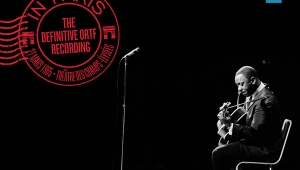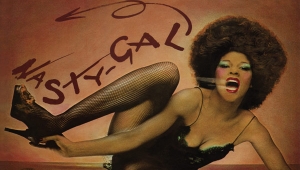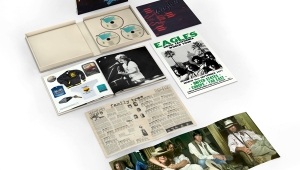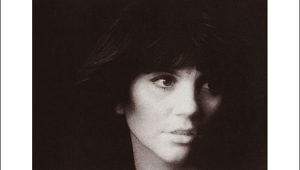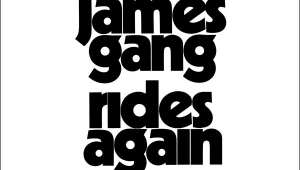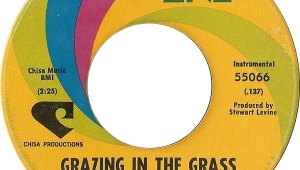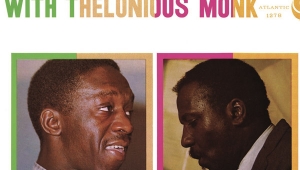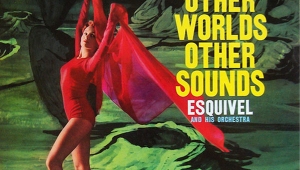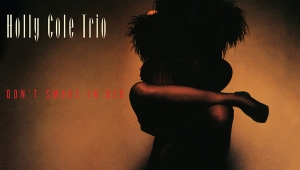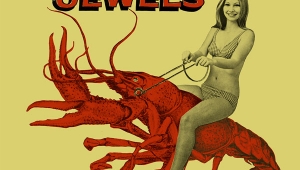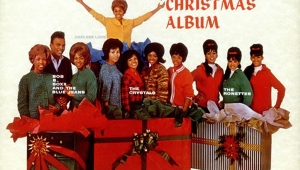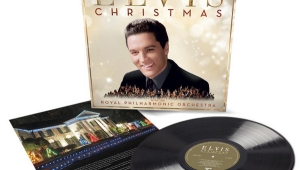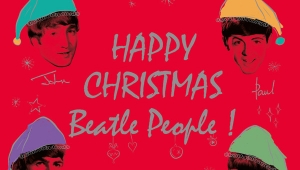| Columns Retired Columns & Blogs |
Wayne Shorter on Piano

In critic speak, "fascinating" is a word that can go either way. On one hand there's the fascinating which translates to a polite way of saying that as ideas go it had potential, but in execution it's really only for diehard fans of the artist. Or maybe, it's not really for anybody.
A perfect example of the opposite positive use of fascinating is Shorter By Two, an idea that probably shouldn't have worked but in practice succeeded in ways that most people could never have imagined. Originally released in 1984, these adaptations of Wayne Shorter's original compositions played by two pianos, extremely well-recorded at the time, remain as fresh as when they were first committed to tape. Recently remastered by Katsuhiko Naito at Avatar Studios in NYC for this release, it sounds to me like very little has been sonically altered from the original release. This results of this new remastering will also available as a high resolution download on HDTracks closer to the release date, September 15.
Kirk Lightsey, a player from Detroit who actually played with Shorter in a group that included drummer Roy Haynes and bassist Cecil McBee is more of a texturalist, whereas Harold Danko, who played with the Woody Herman and Thad Jones/Mel Lewis big bands, is a more rhythmic player, a fact he acknowledges in the new liner notes for this release, "My sound is more linear. If there's a bassline, it's probably me."
The liner notes of this recording speak about "exploring" and "interpreting" Shorter's music. To my ears this sounds like the pair had some basic transcriptions that they used as a basis for improvisation, then added lots of in-the-moment twists and turns and a general sense of going with what felt right. A lot of players would have never been able to pull this off, their styles would have clashed. Or worse, a lot of pianists just simply could not play off each other with this kind of sensitivity to what the other person was playing.
The three minute cover of Shorter's "Pinocchio" which he originally recorded with Miles Davis on Nefertiti and later with Weather Report on Mr. Gone is a sprightly romp where Lightsey scampers across the keys, echoing some of Shorter's horn lines, while Danko rhythmically comps away, occasionally darting in and out with his own succinct statements. The intertwining here, which expands and contracts, is…well…fascinating.
On the tenor legend's "Marie Antoinette," which first appeared on Freddie Hubbard's classic Ready For Freddie, both pianists play closely together joining in on a rollicking, exuberant almost barroom stride piano version that exudes an attractively joyous mood. At one point someone even reaches into their grand piano and strums the strings like a guitar.
On "El Gaucho" from his classic Adam's Apple record (1967), the two play at the same tempo but their ideas create a flowing, varied canvas of ideas, elegantly trailing off as a beautiful example of the drive and extraordinary intuition these two accomplished players brought to translating Shorter's tenor saxophone legacy to piano. Very interesting in all the right ways.
Soundcloud.com/sunnysiderecords/kirk-lightsey-harold-danko-el-gaucho
- Log in or register to post comments

